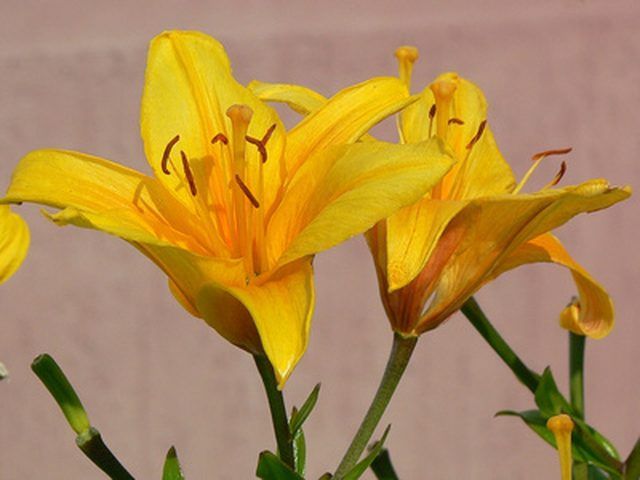Bulbs
Flower Basics
Flower Beds & Specialty Gardens
Flower Garden
Garden Furniture
Garden Gnomes
Garden Seeds
Garden Sheds
Garden Statues
Garden Tools & Supplies
Gardening Basics
Green & Organic
Groundcovers & Vines
Growing Annuals
Growing Basil
Growing Beans
Growing Berries
Growing Blueberries
Growing Cactus
Growing Corn
Growing Cotton
Growing Edibles
Growing Flowers
Growing Garlic
Growing Grapes
Growing Grass
Growing Herbs
Growing Jasmine
Growing Mint
Growing Mushrooms
Orchids
Growing Peanuts
Growing Perennials
Growing Plants
Growing Rosemary
Growing Roses
Growing Strawberries
Growing Sunflowers
Growing Thyme
Growing Tomatoes
Growing Tulips
Growing Vegetables
Herb Basics
Herb Garden
Indoor Growing
Landscaping Basics
Landscaping Patios
Landscaping Plants
Landscaping Shrubs
Landscaping Trees
Landscaping Walks & Pathways
Lawn Basics
Lawn Maintenance
Lawn Mowers
Lawn Ornaments
Lawn Planting
Lawn Tools
Outdoor Growing
Overall Landscape Planning
Pests, Weeds & Problems
Plant Basics
Rock Garden
Rose Garden
Shrubs
Soil
Specialty Gardens
Trees
Vegetable Garden
Yard Maintenance
The Care & Feeding of Daylilies
The Care & Feeding of Daylilies. Daylilies are a gift for the casual gardener. The low-maintenance perennials reproduce freely and provide a long season of bloom. There are daylilies for every garden. For best results, plant daylilies grown or propagated in your climate area.

Daylilies are a gift for the casual gardener. The low-maintenance perennials reproduce freely and provide a long season of bloom. There are daylilies for every garden. For best results, plant daylilies grown or propagated in your climate area.
Identification
Daylilies' grassy foliage is often as dramatic as the tall stems of buds that bloom, one a day, for several weeks from early through late summer, depending on variety.
Planting
Plant daylilies in sunny locations in well-drained, slightly acidic garden soil. In areas with hot summers, daylilies will benefit from afternoon shade. Space daylilies one to two times as far apart as each will grow in height. Plant in spring or fall.
Water
Water daylilies deeply instead of often. Make sure they get an inch of water a week--more during heat and drought--to keep colors bright.
Fertilizer
Add general (6-12-12 or 10-10-10) garden fertilizer to daylily beds in spring. Many daylilies thrive without fertilizer if they have plenty of sun and their weekly inch of water.
Considerations
Mulch daylily roots lightly but keep organic materials away from the plant's base. Remove damaged or diseased leaves promptly. Cultivate to control weeds; daylilies are sensitive to herbicides. Deadhead blooms daily to avoid seed pod formation.